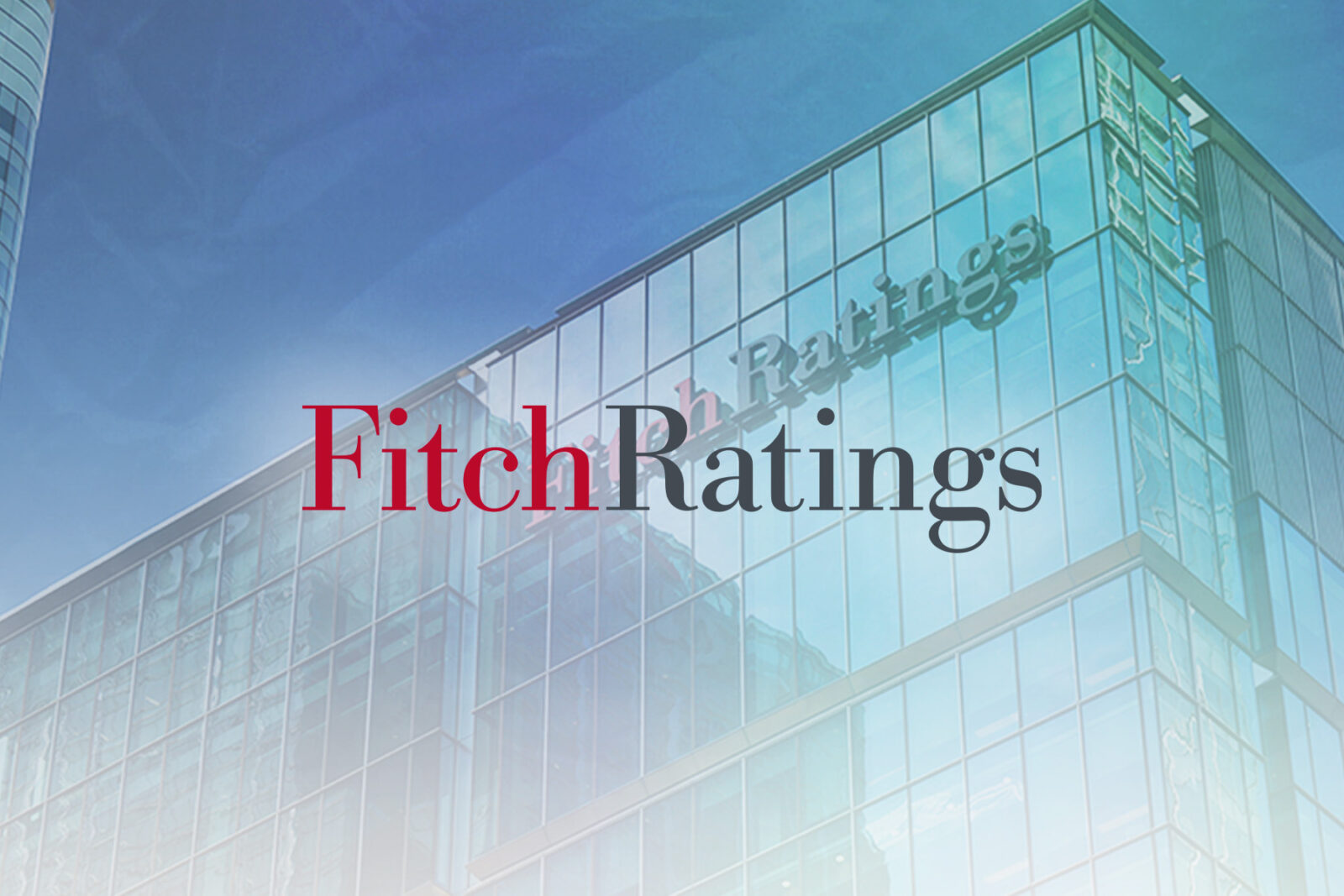Fitch sees improving risk appetite among banks

A low interest rate environment amid the ongoing easing cycle of the Bangko Sentral ng Pilipinas (BSP) is expected to boost the risk appetite of Philippines banks in the next two years, particularly for higher yielding—but unsecured—retail and small business loans, Fitch Ratings said.
But Fitch said in a commentary that this risk-on behavior of local banks could put pressure on their asset quality, or increase the proportion of loans that are at risk of default, particularly “if conditions become less benign.”
“We expect banks in India, the Philippines and Vietnam to have the highest risk appetite over 2025-2026, given robust economic growth, competition and expanding financial inclusion, which has motivated banks to boost loan growth and move down the credit curve into riskier loans,” the credit rating agency said.
“Risk-taking and rapid credit growth previously led to heightened asset quality pressures in India, Vietnam and the Philippines, with a resumption evident in the past three years,” it added.
At present, the benchmark rate that banks use as a guide when charging interest on loans stands at 6 percent, following two quarter-point cuts each in the last August and October meetings of the Monetary Board.
And a third reduction is likely on the table this month after the economy had posted a weaker-than-expected growth in the third quarter.
3.6% bad loan ratio
As the easing era goes on, latest data from the BSP showed that the gross amount of nonperforming loans (NPL)—accounts that are 90 days late on payment and at risk of default—cornered 3.6 percent of the total lending portfolio of the Philippine banking sector in October.
That NPL ratio was the highest since the 3.75 percent recorded in May 2022. It was also larger than the previous month’s ratio of 3.47 percent, with some analysts believing that lenders’ decision to chase higher yielding credit might expose them to risky borrowers.
As it is, the proportion of bad debts held by banks has yet to return to the prepandemic level of 2.04 percent recorded at the end of 2019.
But Fitch said a robust economic growth would help improve the loan quality not just of Philippine banks but also in the Asia-Pacific region.





















